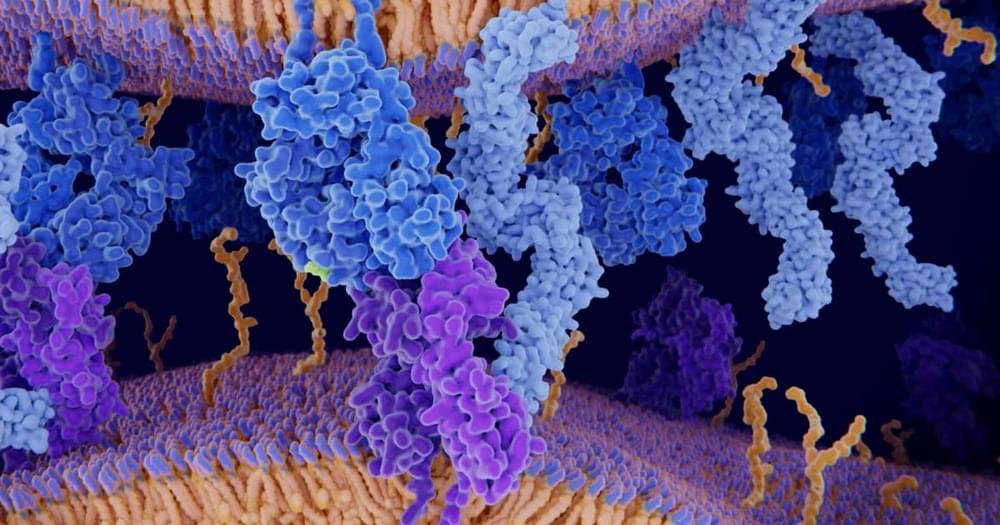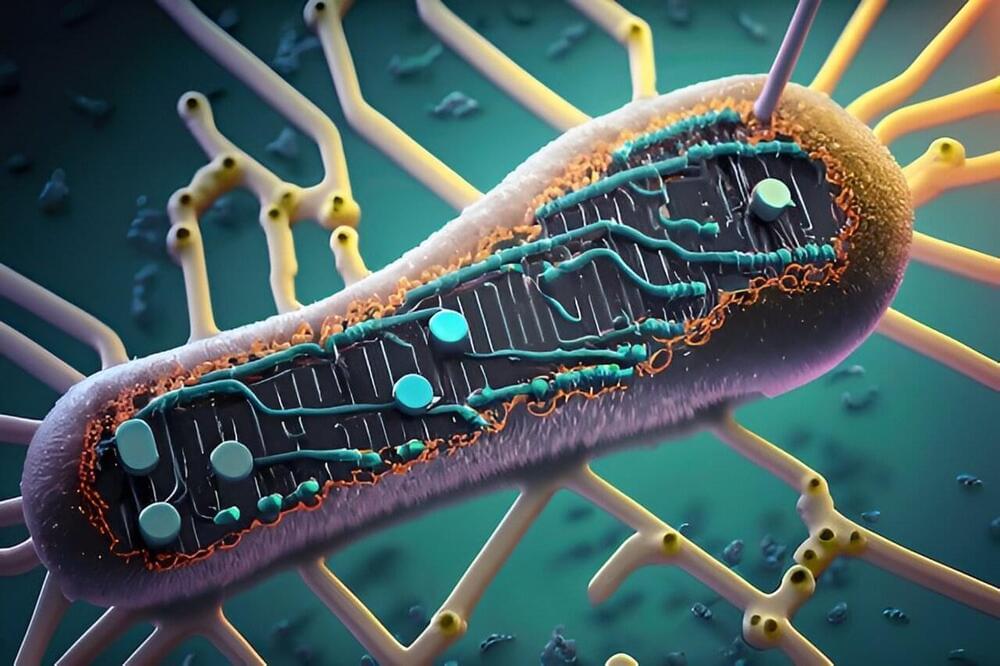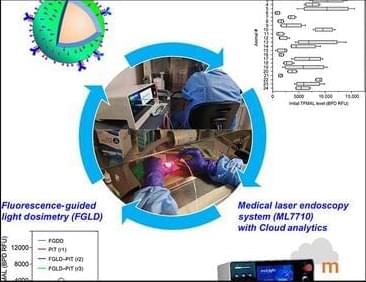Time to link up or shut up.
Sept 19 (Reuters) — Billionaire entrepreneur Elon Musk’s brain-chip startup Neuralink said on Tuesday it has received approval from an independent review board to begin recruitment for the first human trial of its brain implant for paralysis patients.
Those with paralysis due to cervical spinal cord injury or amyotrophic lateral sclerosis may qualify for the study, it said, but did not reveal how many participants would be enrolled in the trial, which will take about six years to complete.
The study will use a robot to surgically place a brain-computer interface (BCI) implant in a region of the brain that controls the intention to move, Neuralink said, adding that its initial goal is to enable people to control a computer cursor or keyboard using their thoughts alone.








